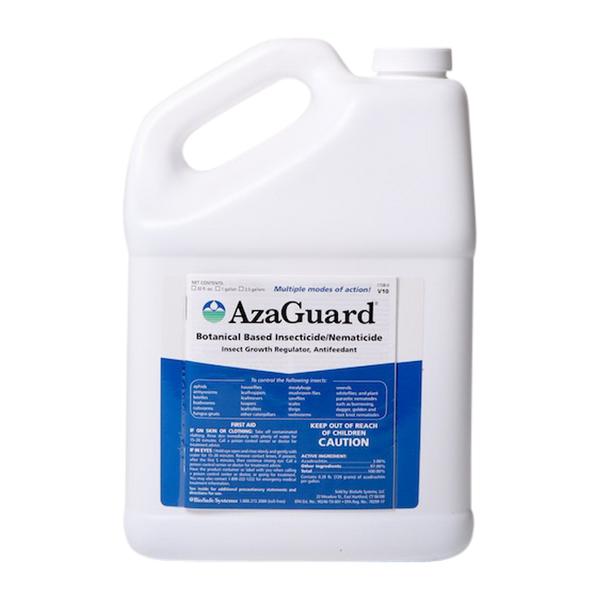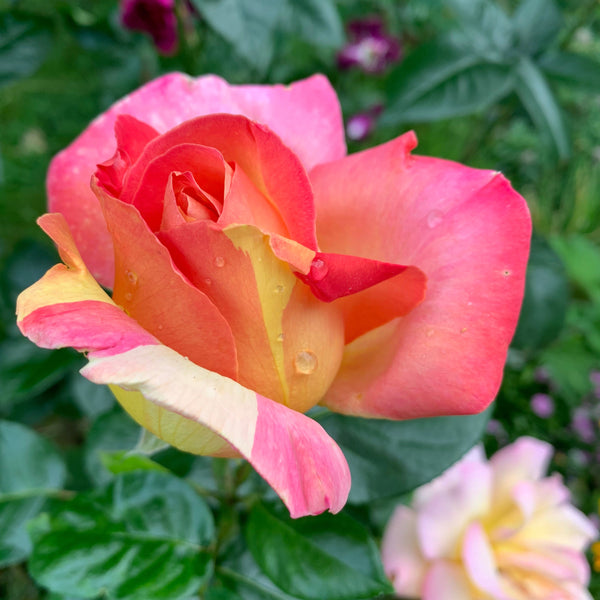Mealybug & Scale Control
Organic and natural pest control. Both Mealybugs and Scale are piercing, sucking insects that feed on a wide variety of plants causing distorted leaves, loss of vigor and even death of the plant. Mealybugs are covered in white waxy secretions and scale are sedentary with a hard shell. Read more on our Scale Tech Sheet and Mealybug Tech Sheet.




